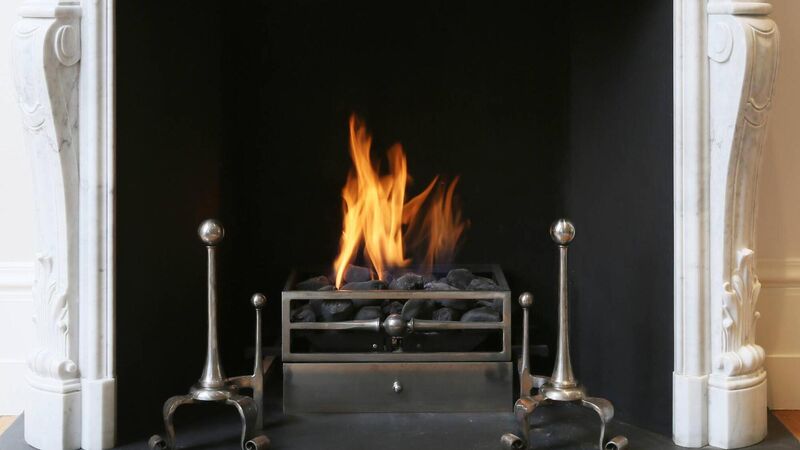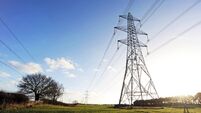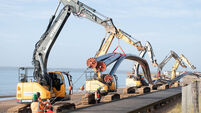We can give at least one hearty cheer for the news that gas usage is plummeting across Europe and the double boost that gives to consumers and democratic governments everywhere.
Firstly, it means Vladimir Putin and his cronies in the Kremlin no longer have their hands quite so deep in our pockets. Secondly, it shows that we can respond to an external challenge when it is presented in terms we understand.
Nothing concentrates the mind in quite the same way as rising prices and it is to be hoped that this energy shock will now break Europe’s dependence on Russian fossil fuels for very good reasons — because we cannot trust that country and its imperialist ambitions, and because we need to accelerate the widespread use of green and sustainable power.
Yesterday, European natural gas futures fell below €30 for the first time since June 2021 and prices are less than 10% of their peak after Russia reduced output following its illegal invasion of Ukraine.
They are now near their five year average although ordinary customers are still suffering, and will continue to do so for some time, from charges implemented when the market was at its apex.
Europe has high stockpiles after a mild winter and reserves may be at 90% by August. A sharp increase in temperatures may drive up consumption, so it would be a good moment, for those who possess it, to keep the air conditioning off for as long as possible.
The figures for Ireland also show a welcome downwards trend in emissions for homes and businesses indicating that our demand for direct heating fuels has dropped significantly. The audited 2022 figures, which do not include transport and electricity generation, will be revealed in September.
Although we can show progress, the Republic’s reliance on fossil fuels as a source of heat remains painfully high at 94% of demand, indicating that there is a very long way to go.
An even longer road lies ahead before we can be regarded as possessing a serious commitment to recycling, the so-called circular economy. A new analysis from the European Environment Agency (EEA) shows that less than an eighth of all materials used in Europe come from recycled waste, with levels barely increasing in the past two decades.
Endeavours to double the rate by 2030 are way off target and will require not only a ramping-up of recycling but a “vast reduction” in overall consumption patterns, the EEA said. The average European citizen generated about 517kg of municipal waste in 2020, one of the world’s highest per capita rates.
Ireland is particularly poor at the circular economy. In 2021, the EU’s lowest circularity rate was in Romania at 1%, followed by Finland and Ireland, both at 2%, according to Eurostat.
The Netherlands achieved 34%. Our recycling of plastic, at just under 30%, places us among the worst performers only beaten by Hungary, Denmark, France, and Malta.
While we can all agree that there is, generally, too much plastic and packaging in our lives, it should not be beyond our wit to change our behaviours, and to do so quickly. It is a climate emergency after all.
CONNECT WITH US TODAY
Be the first to know the latest news and updates
















